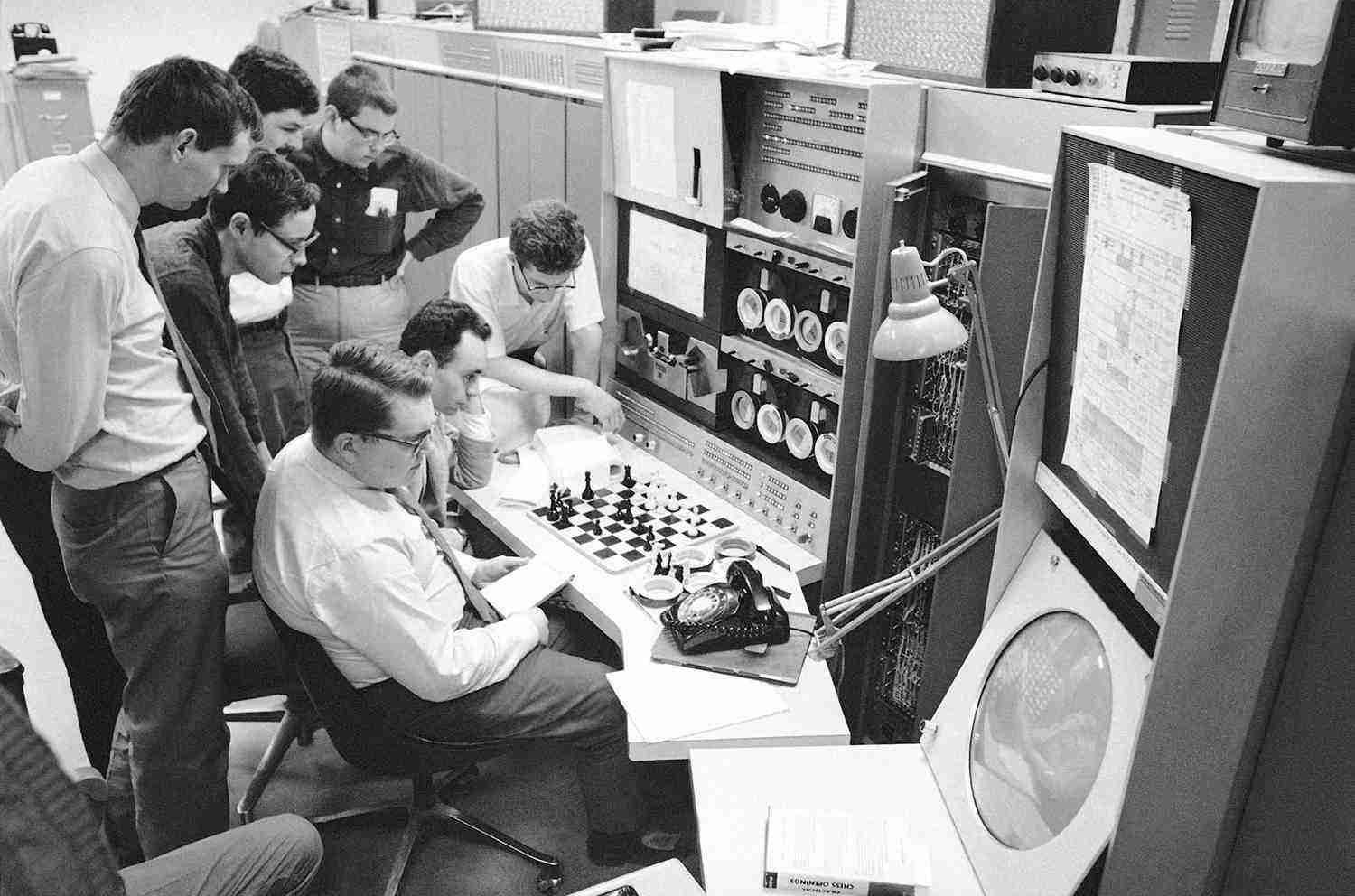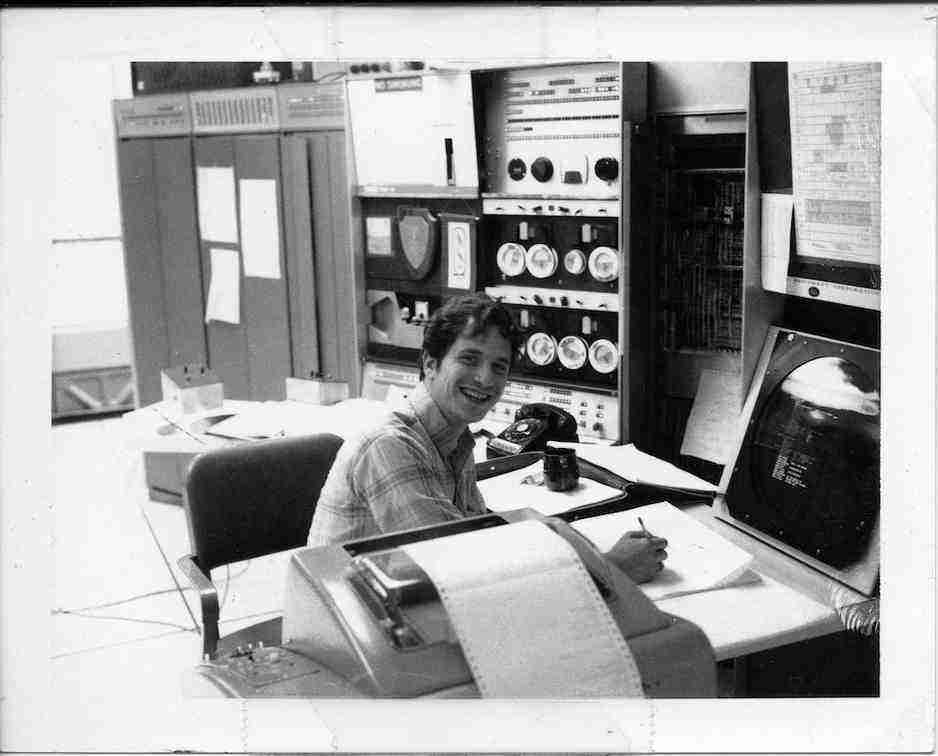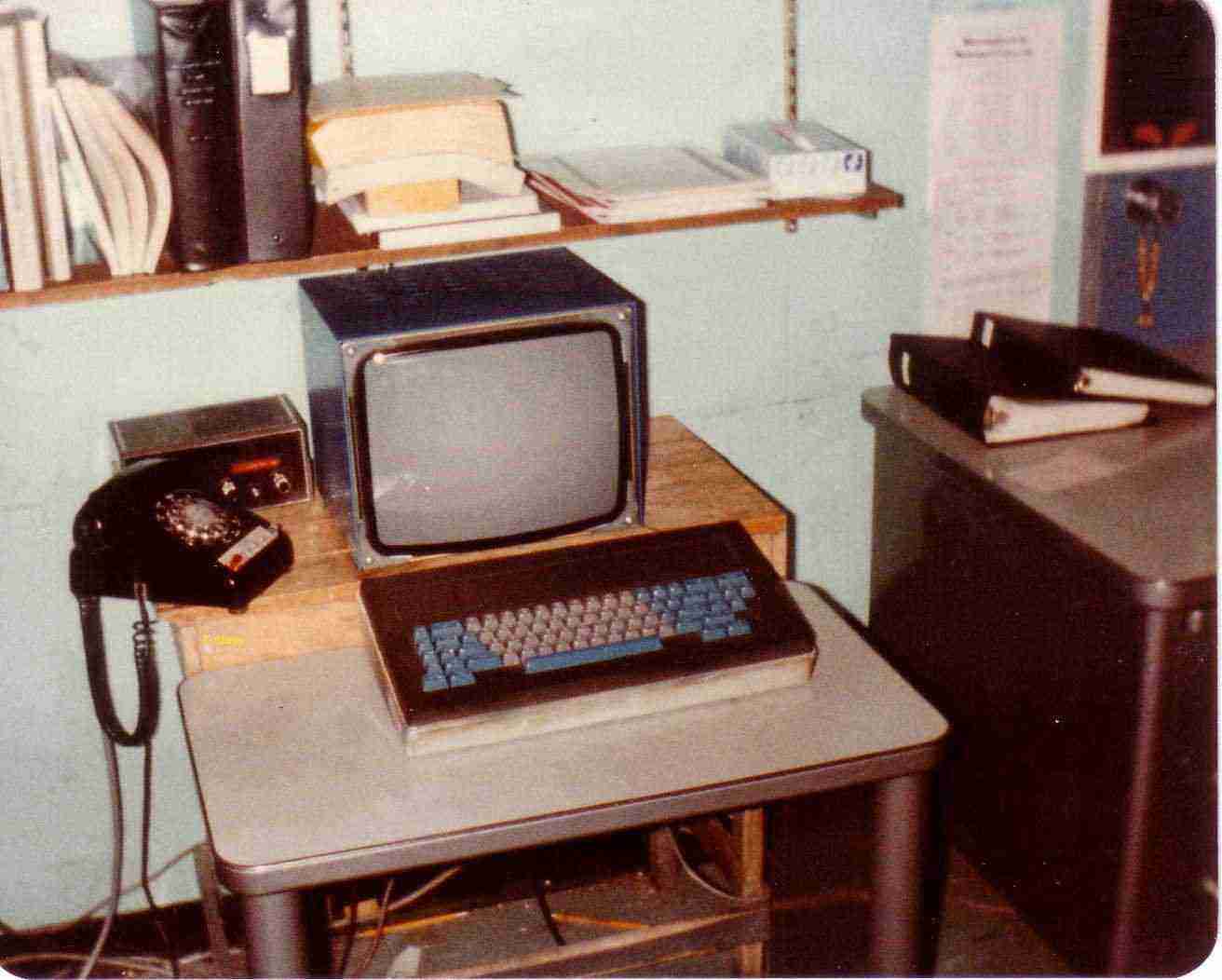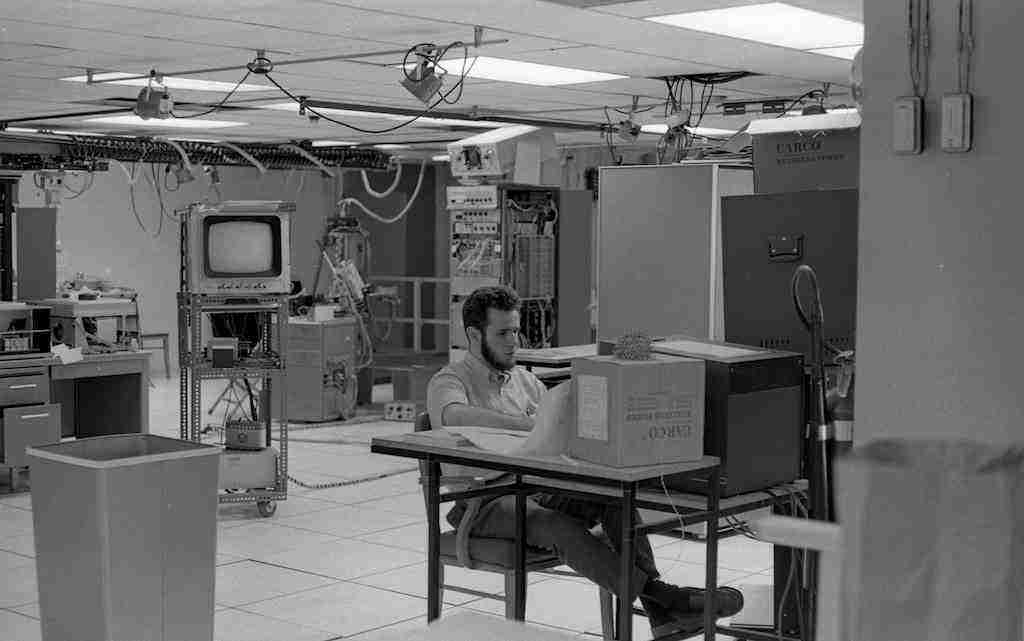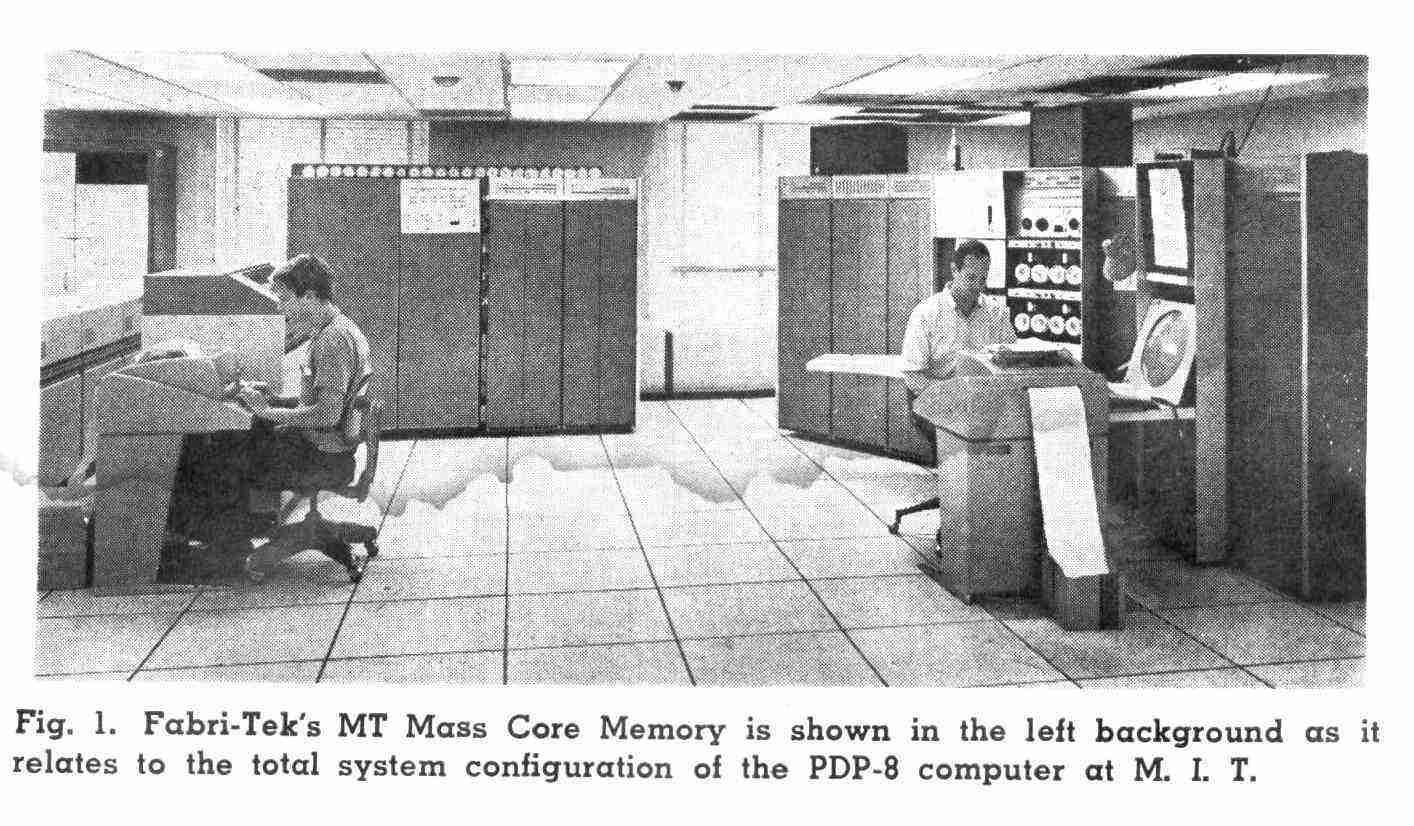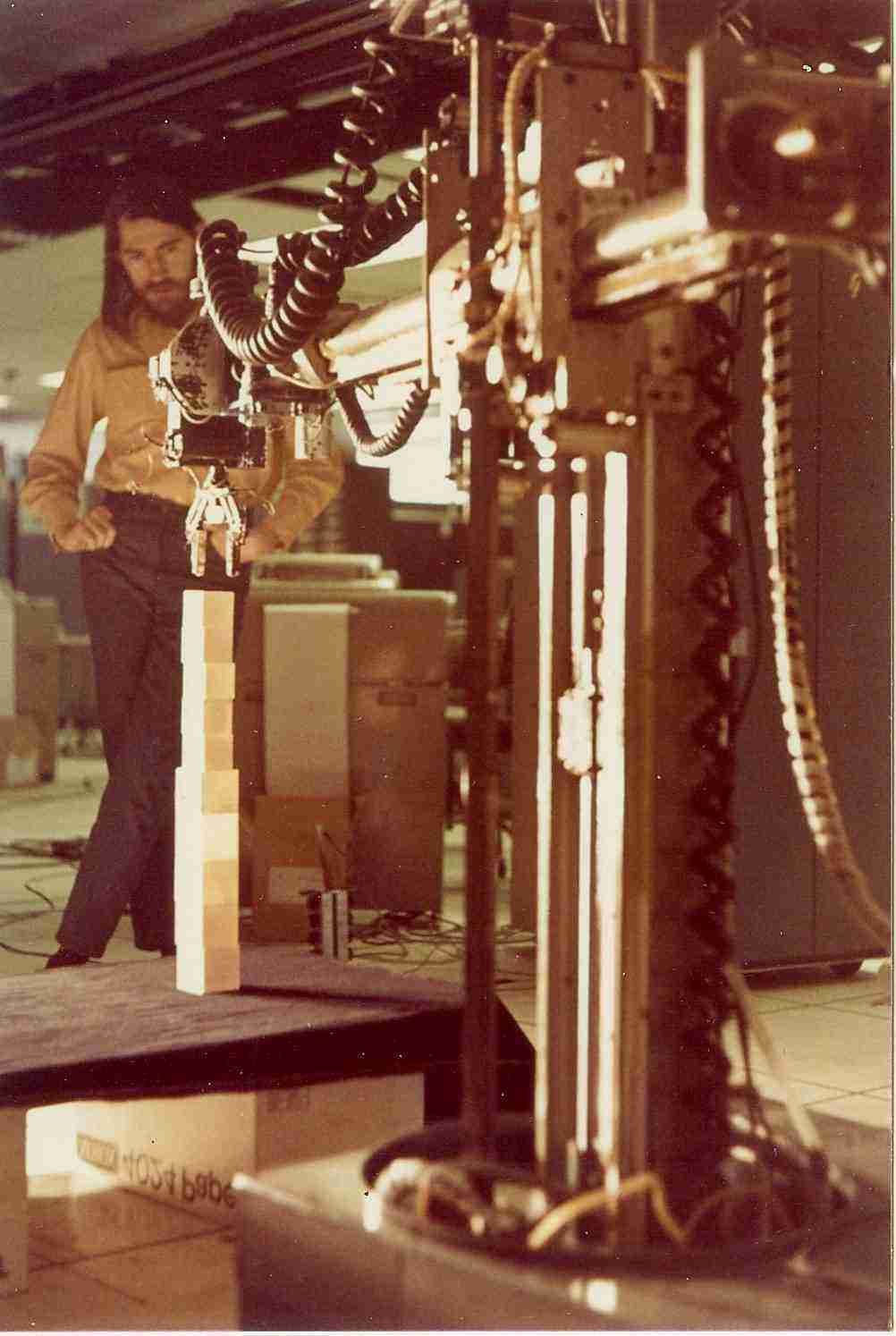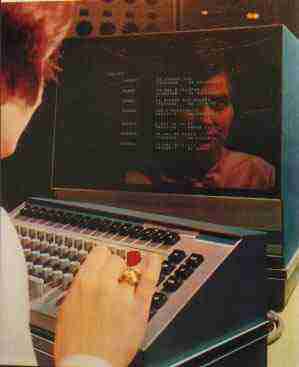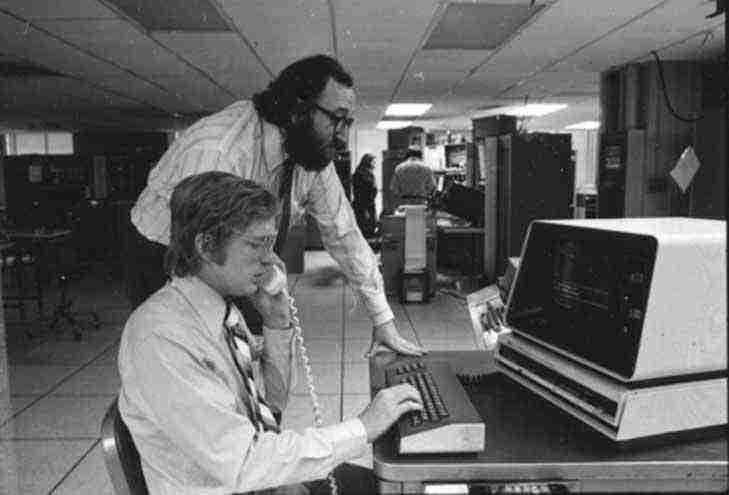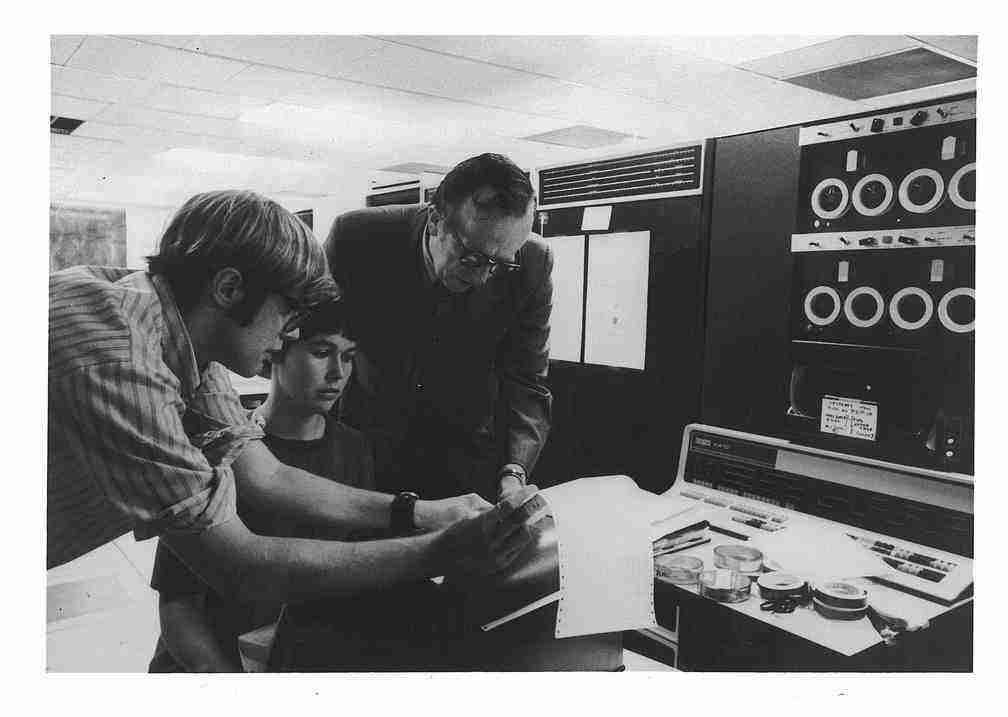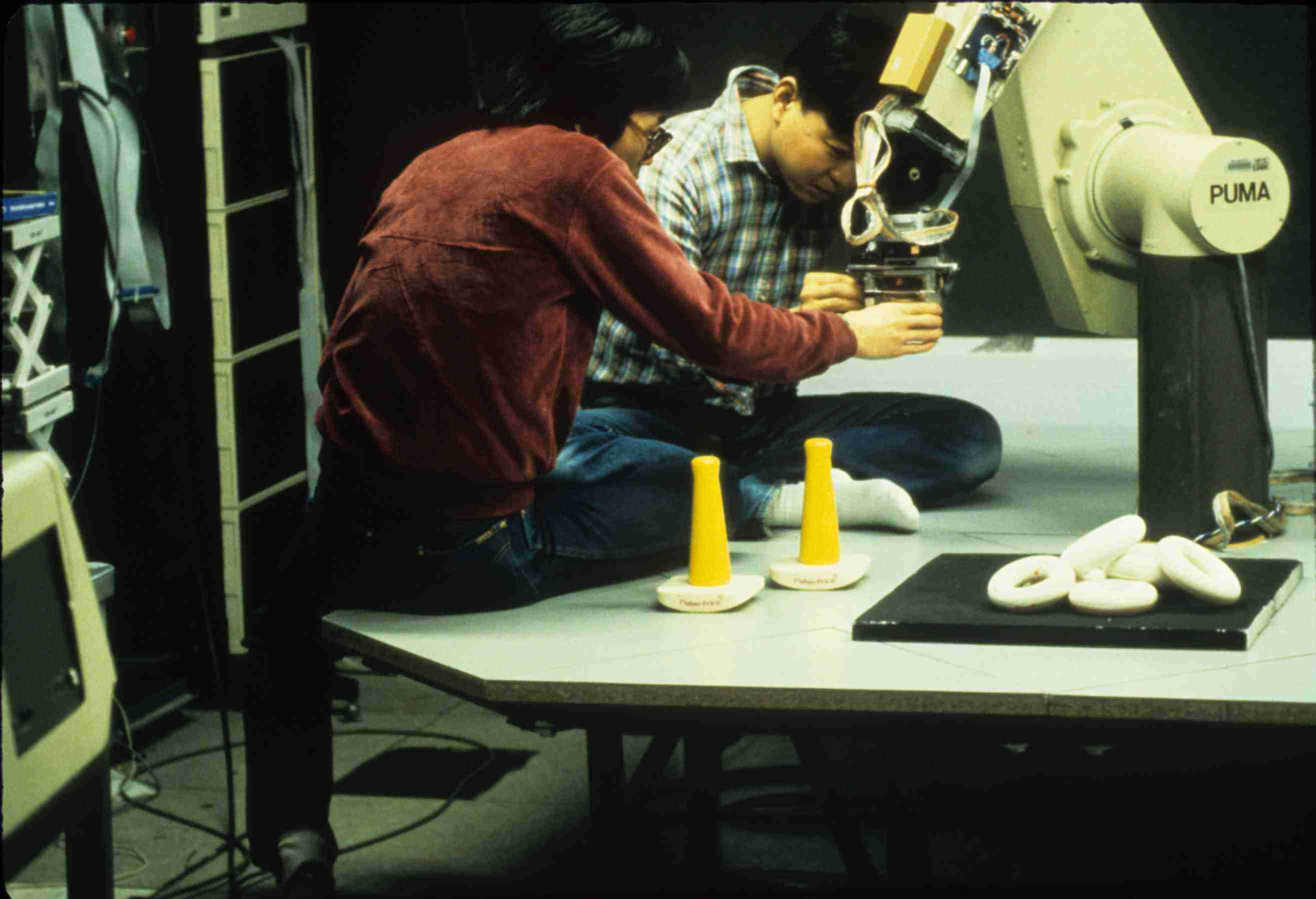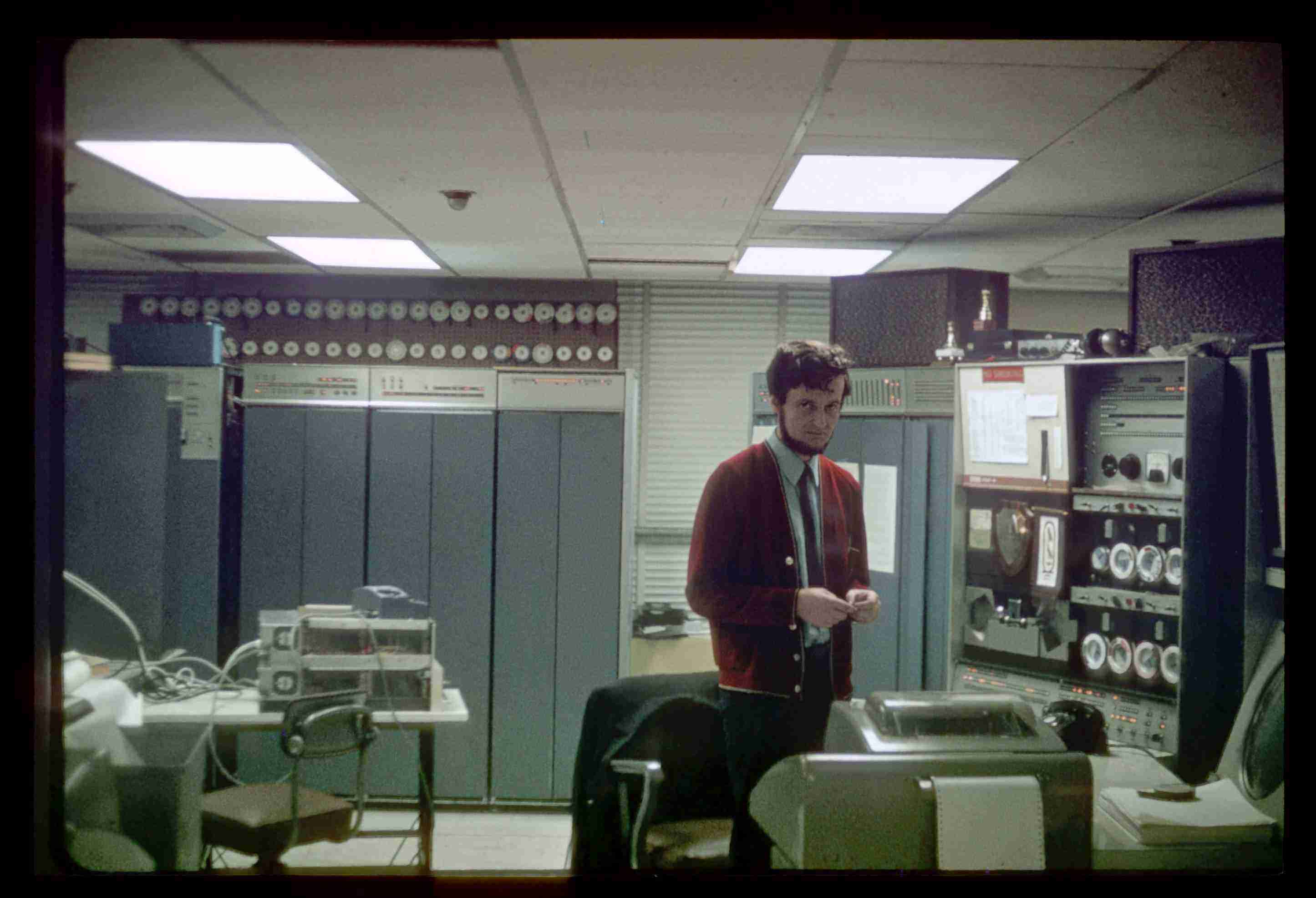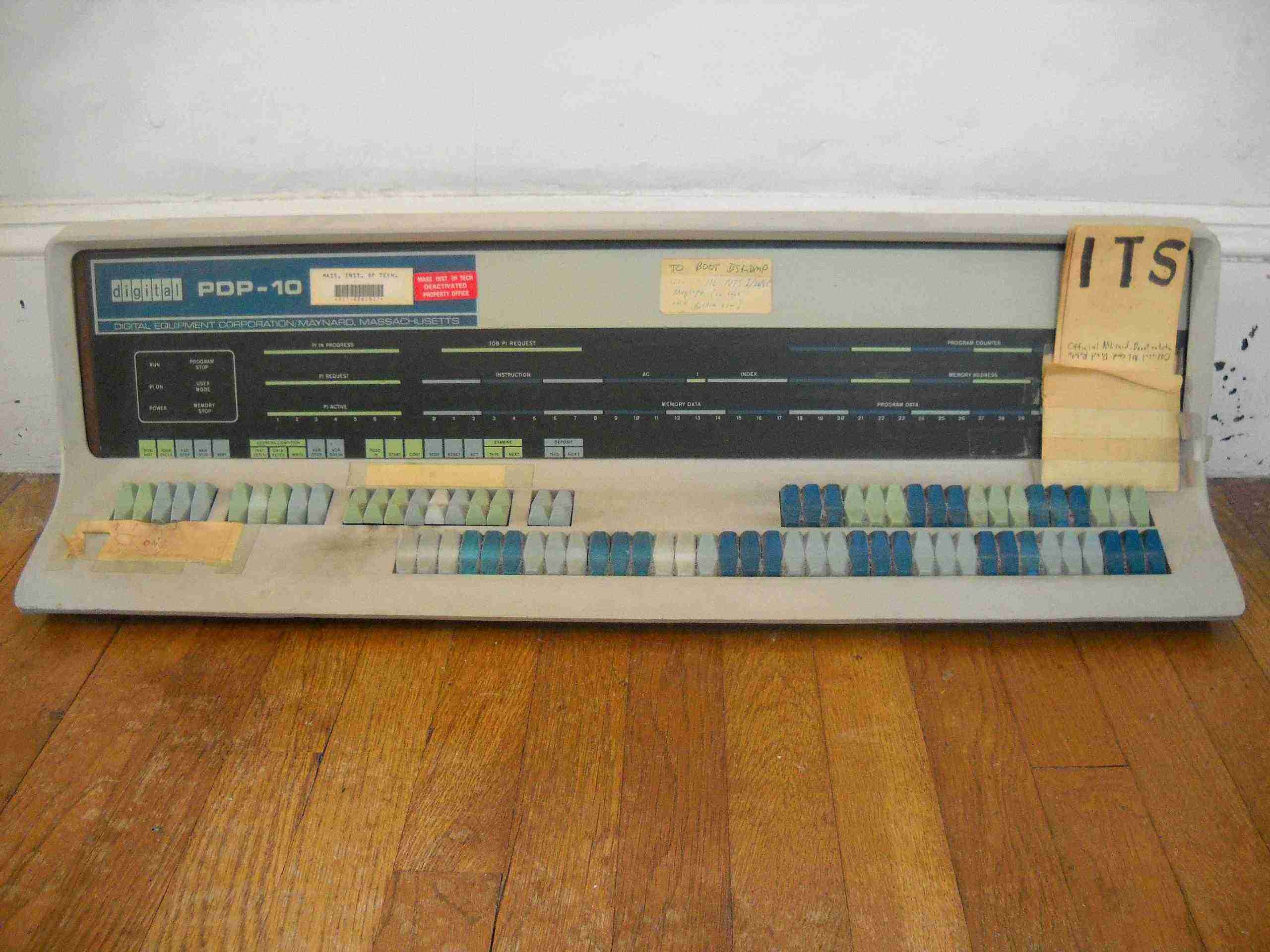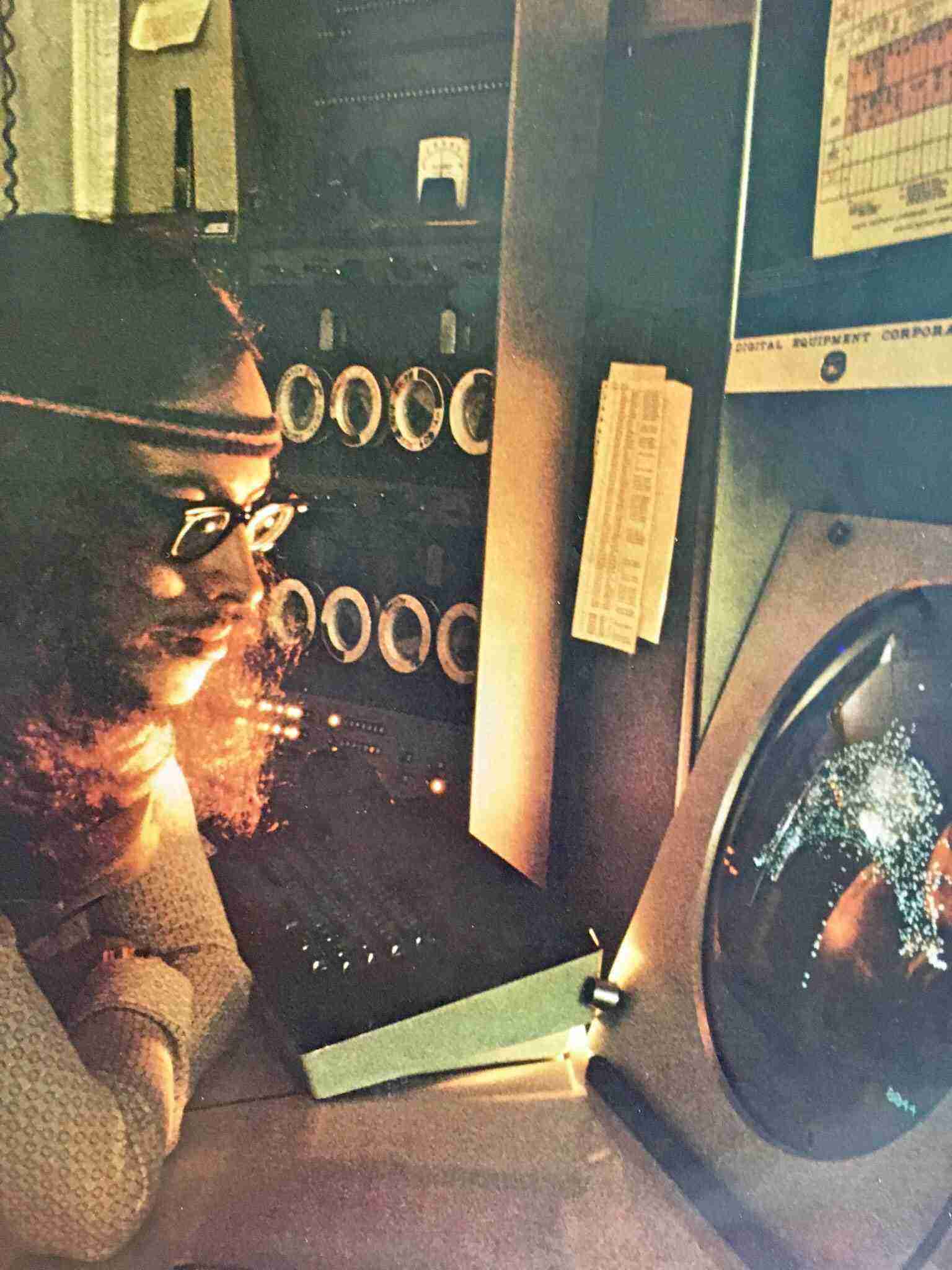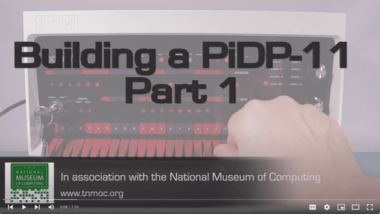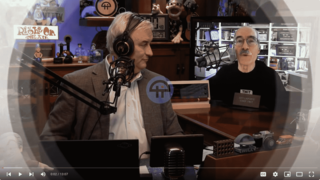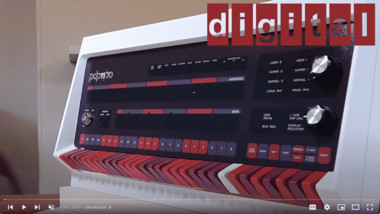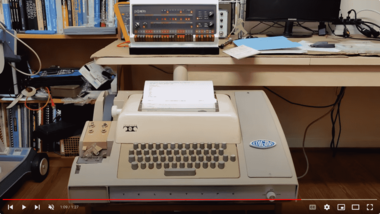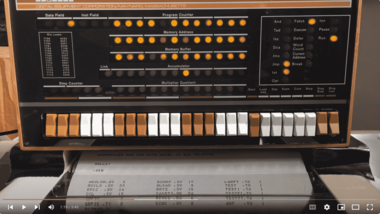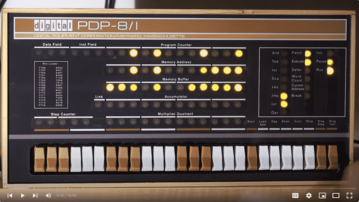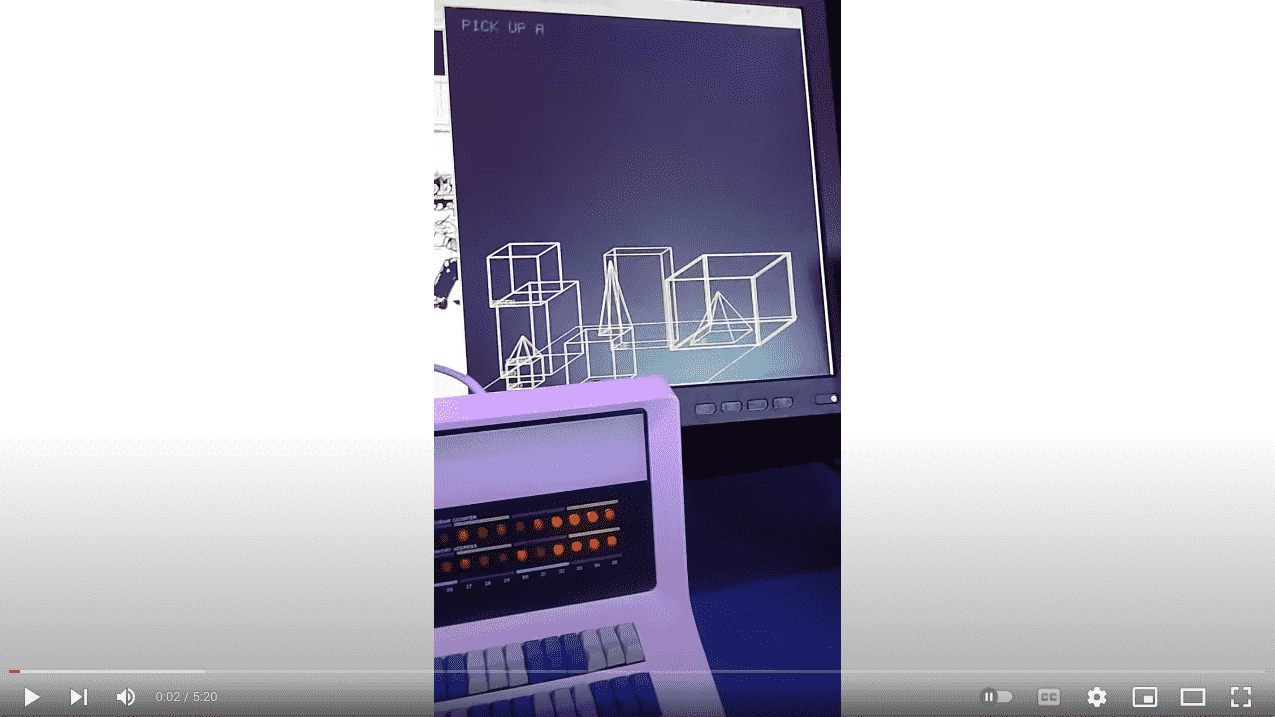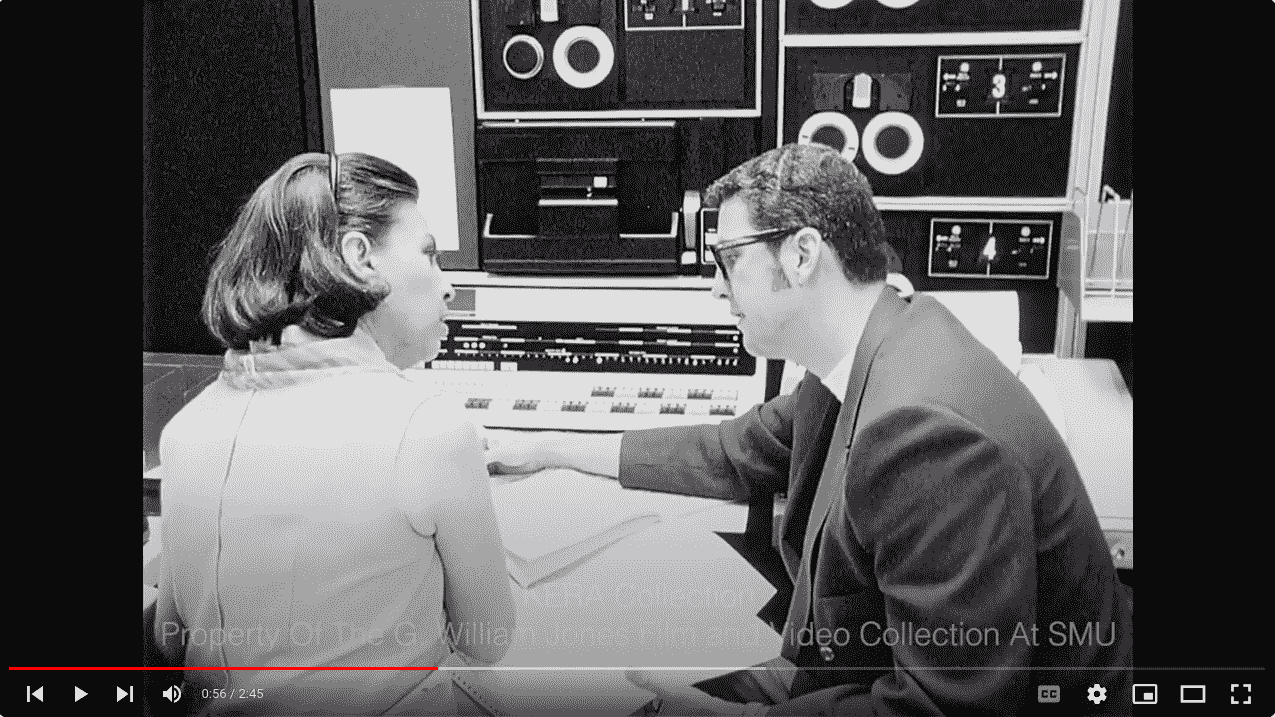The ITS Reconstruction Project
A virtual reconstruction of ITS & MIT's AI Lab of the 70s

This is a fan page for the ITS Reconstruction Project of Lars Brinkhoff et al. Just to be clear, I am not part of the project, I'm a fan. The page is intended to explain what it is, and to confirm that, yes - this reconstruction really is all that it seems. A complete virtual AI Lab - hardware and software - as it stood at MIT in the 1970s, free to play with on your laptop. Unlikely as it may be, this is real. It actually triggered me into building a replica PDP-10 computer for it.
The setting: the early years of computing
In a nutshell: Electronic computers began to develop rapidly at the end of World War II, and the first experimental computers were all of the non-interactive type: you fed the computer a program by feeding in a stack of punch cards, it did its work, and gave you a printout of the results.

Guy Fedorkow is reconstructing Whirlwind history (link)
Historical importance
The 'hacker culture' that came up around the AI Lab was special. Being so close to the cradle of interactive computing, they had access to the most powerful computers, systems that pretty much nobody else was able to 'just experiment with'. It was the natural breeding ground for radical innovations. The term Artificial Intelligence was minted, but the unconstrained access to these computers acted as an accellerator for lots of breakthroughs in computing. Anywhere else, access to such bleeding-edge computer hardware would strictly be limited to specific military or business tasks. Not for students to mess about with.
The AI Lab wrote its own operating system, ITS. Rather, that operating system emerged from the needs of staff, students, and passionate hackers, unhappy as they were with other OS projects. It proved groundbreaking. Hundreds of research project, applications and games were written on it. A lot of it is fun stuff, just fun to play with even today, and fun to play with because looking at it 50 years later, you actually know what came out of these programs you find spelunking around the ITS hard disks. "Oh look, the first ever graphical AI demo'! That sort of thing, multiplied dozens of times.
Bringing the AI Lab home (or to your laptop)
Unsurprisingly, this AI Lab of the 1970s has become a mythical place in the world of computer science. A lot of computer jargon and the Hacker Ethic can be traced back to the Lab and its people, as do a lot of now-common software tools. And just as importantly, the mentality of Open Source spread out and now dominates IT (through Free Software, Linux). So - GNU, the GDB debugger, the emacs editor, Lisp Machines and early AI, the idea of virtual terminals, Logo, lots of things have their roots on ITS. Adding to its mythos for programmers to this day.
If you think there's nothing to see on 1960s mainframes, click to zoom in on the default PiDP-10 display:
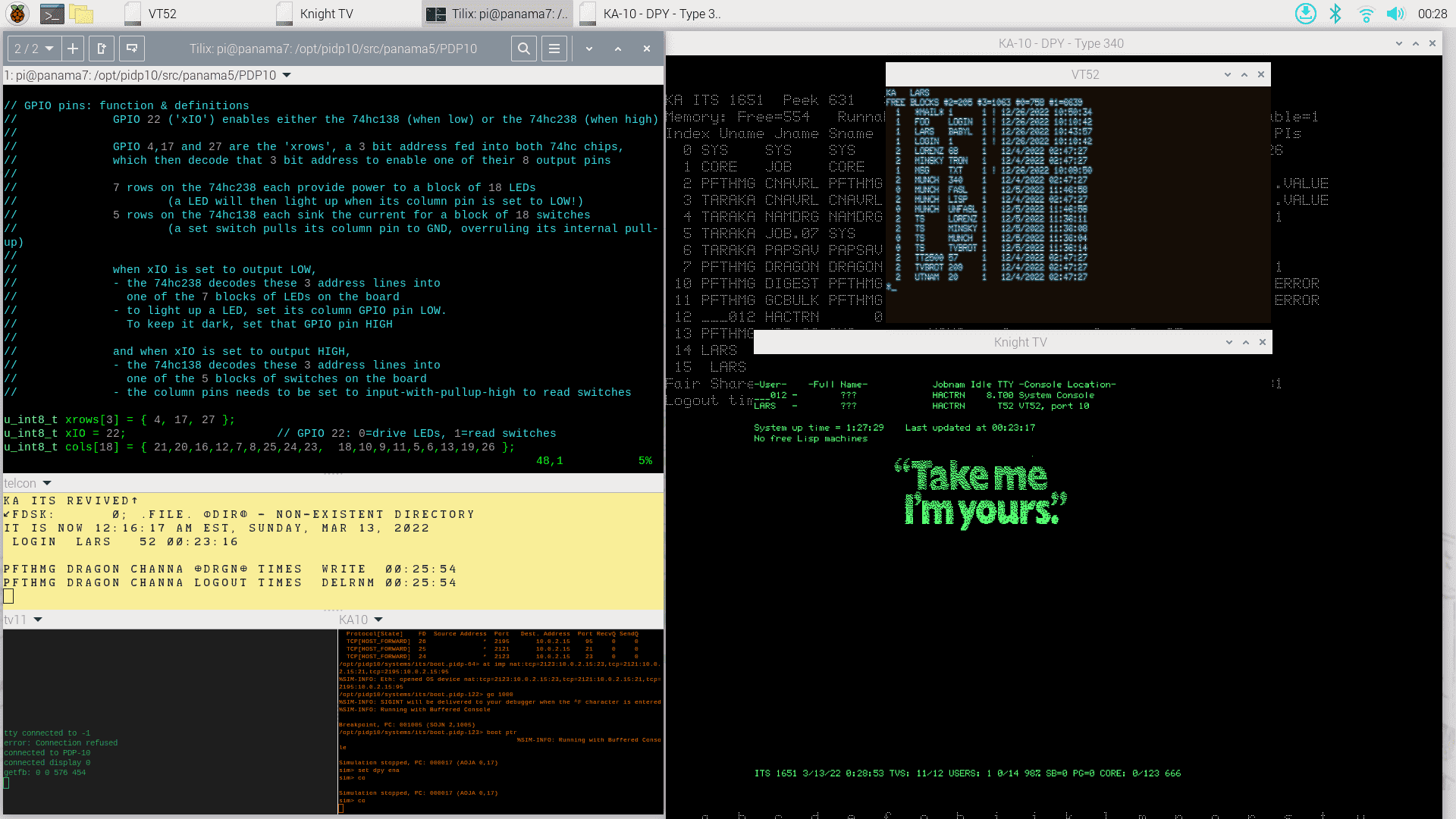
Over the past 15 years or so, the ITS Reconstruction Project bundled a newly written PDP-10 emulator with freshly reconstructed ITS system disks, and recovered more and more of the old software projects on ITS from old archives. You can now log in to a virtual ITS at a virtual AI Lab as if it was still 1977. Much of the other hardware at the Lab has also been reconstructed. To the point where now, you can download a Github project that installs a pretty complete 'virtual AI Lab' on your laptop. Or on the PiDP-10 replica for added authenticity.

This is one project worth exploring, if you are interested in computer history! If you are not immediately convinced you need a 1960s mainframe, read the link below. You don't necessarily need the PiDP-10 replica for which I wrote this, it'll all run just fine on any linux computer. Although you will be Blinkenless.
What to do with a mainframe in your living room?
